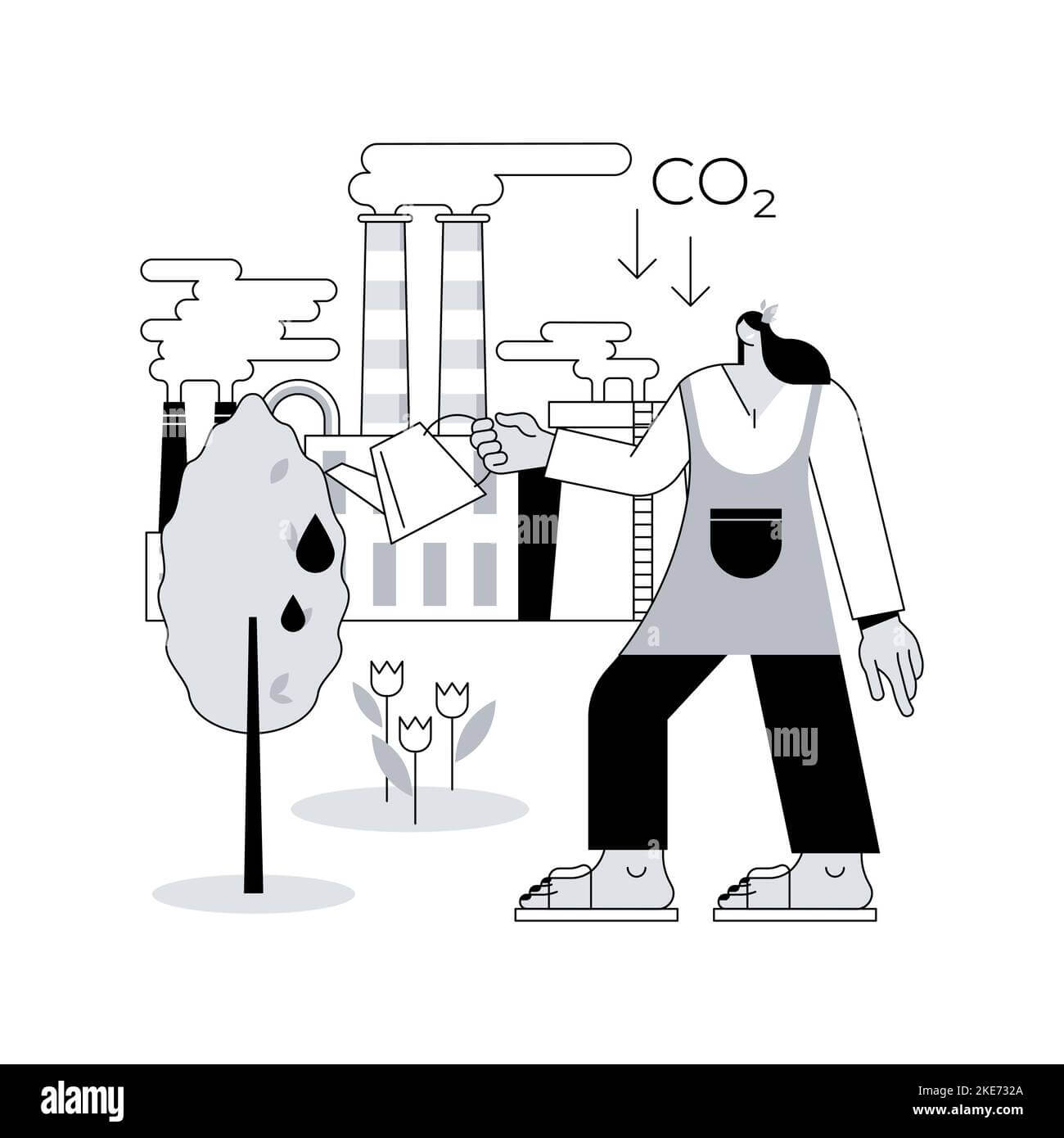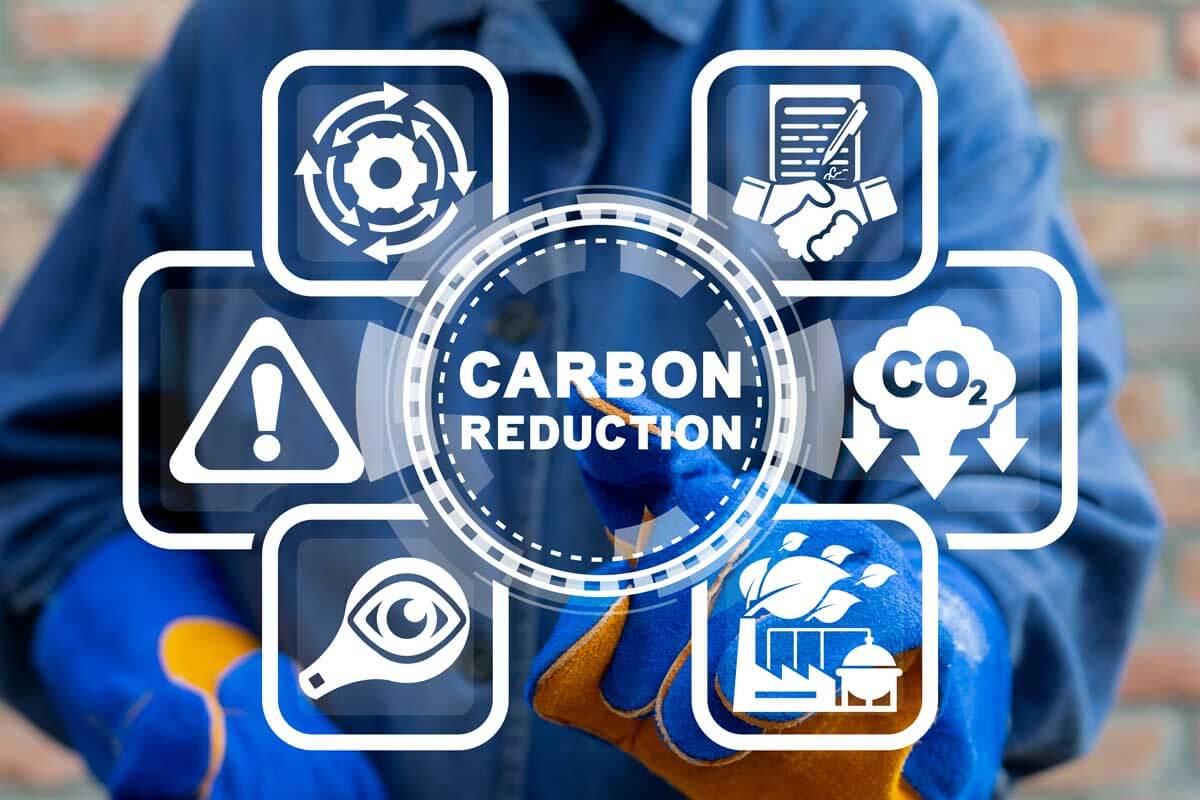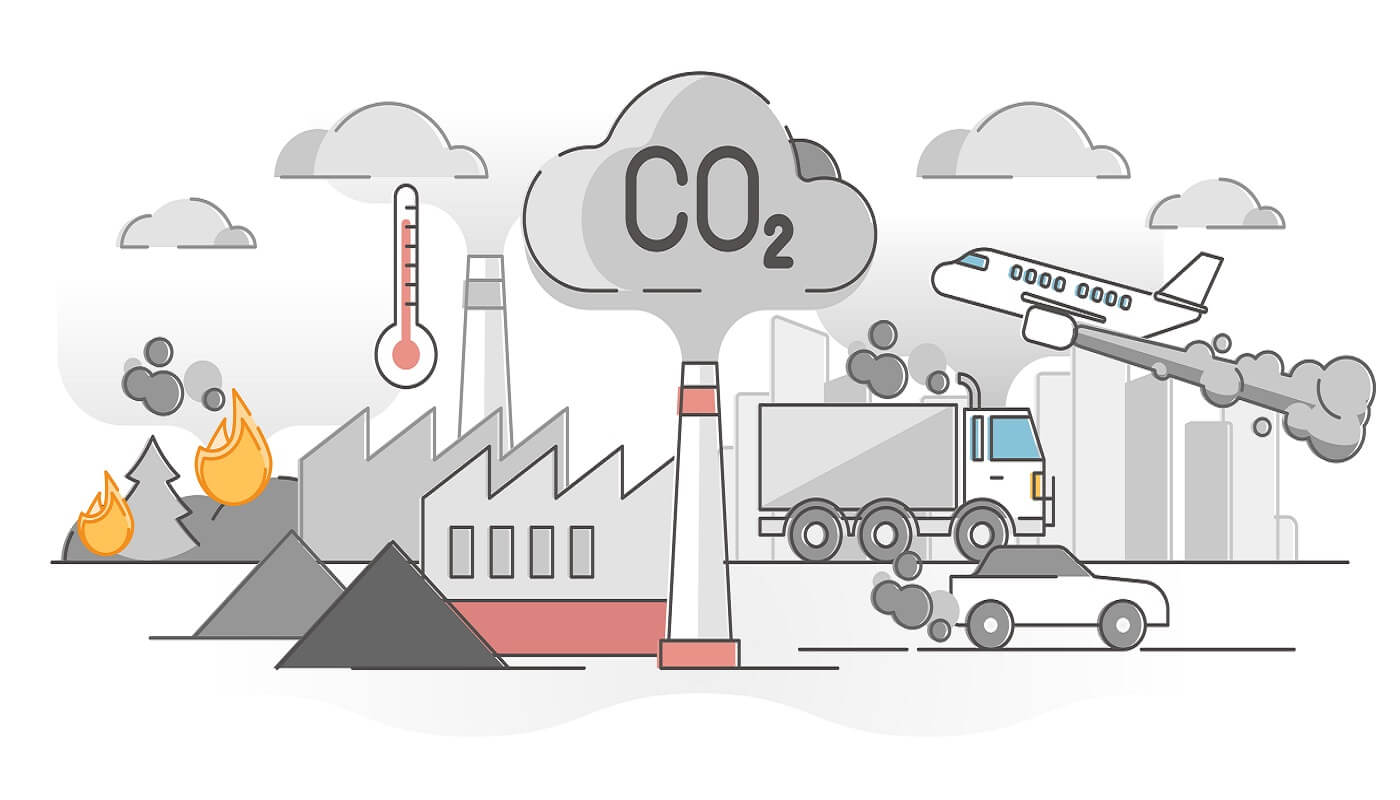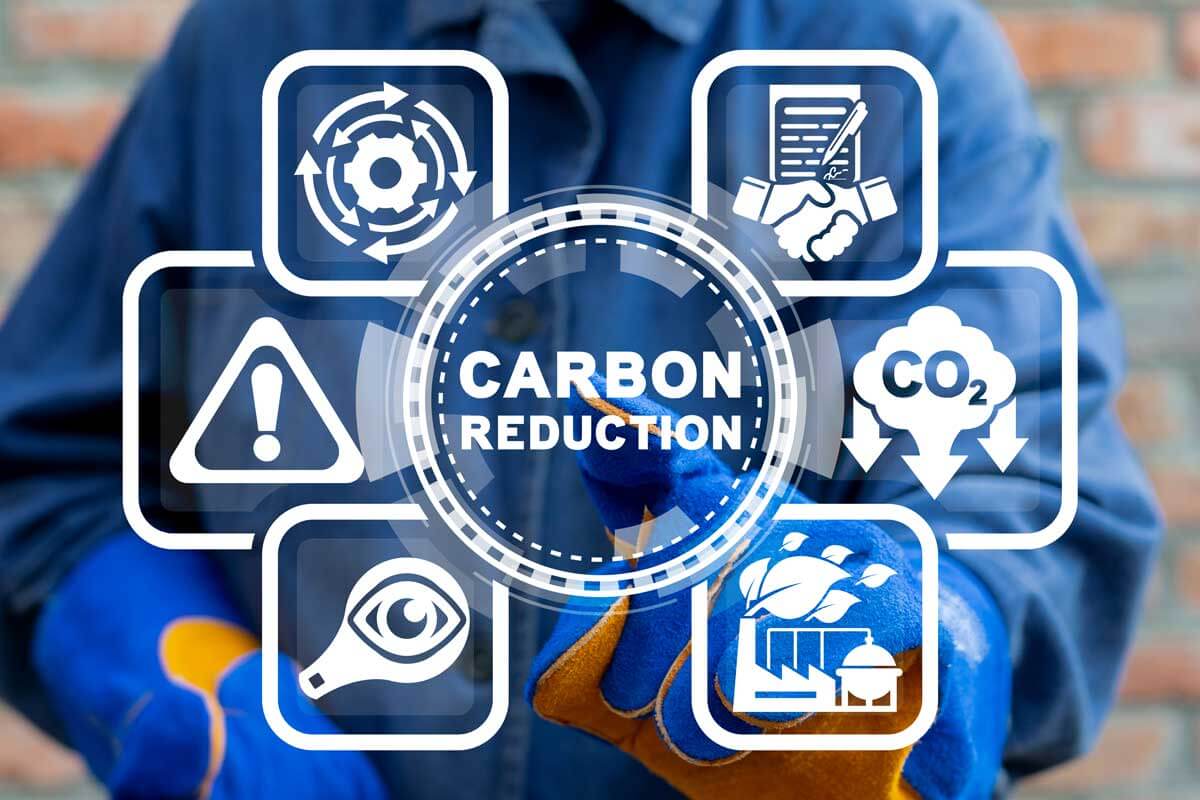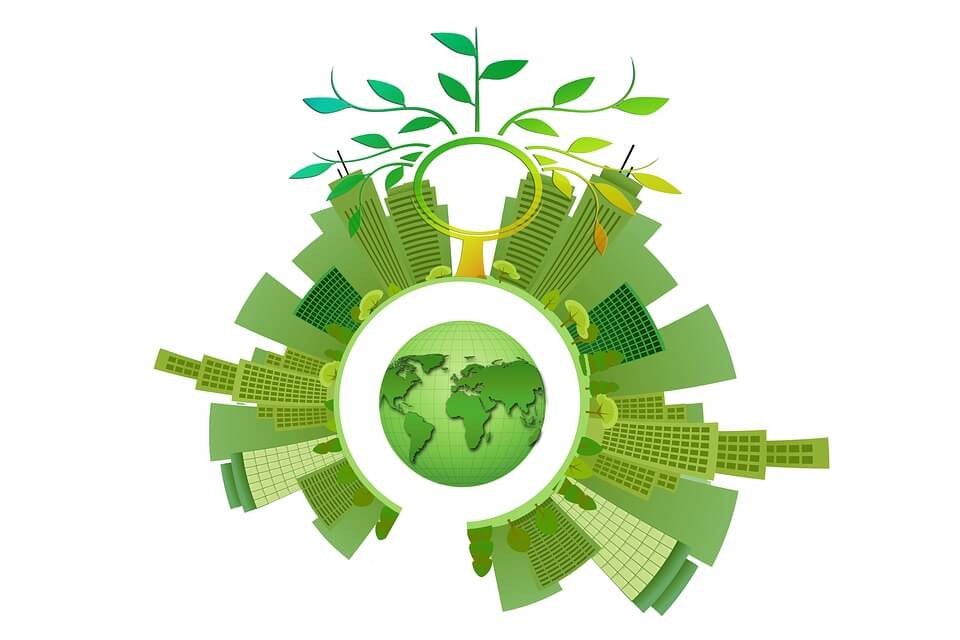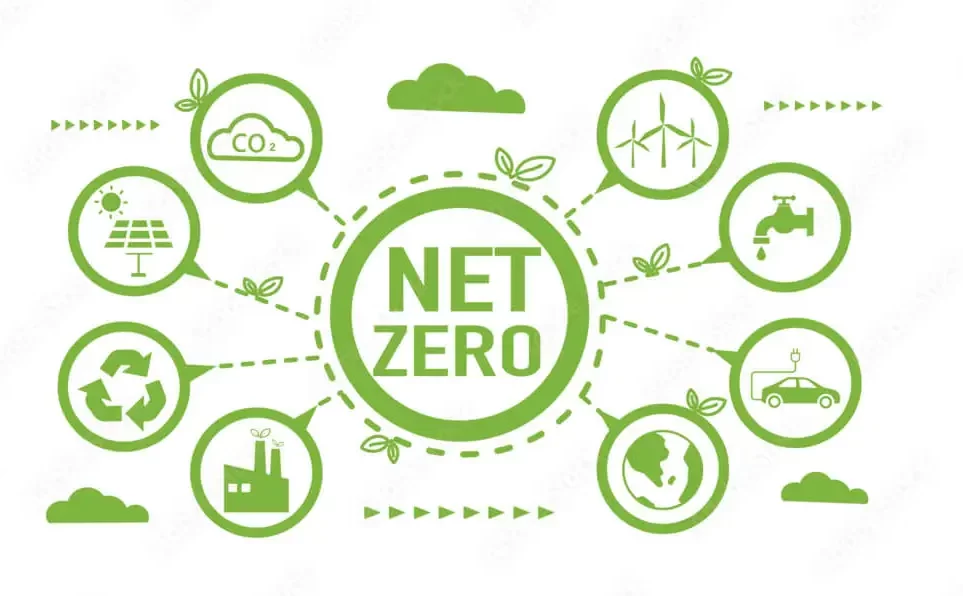Net Zero Guidelines
In an era where the health of our planet is no longer just a concern but an emergency, the concept of Net Zero has become the lodestar for global businesses and policy-makers alike. At its core, Net Zero represents a crucial tipping point, as it describes the balance between the amount of greenhouse gases produced and the amount removed from the atmosphere. But, how are these lofty goals translated into actionable strategies, particularly within financial institutions? This blog post dives into the concept of Net Zero, its significance to the finance sector, and practical pathways to implement sustainable policies.
Understanding Net Zero: More Than a Buzzword
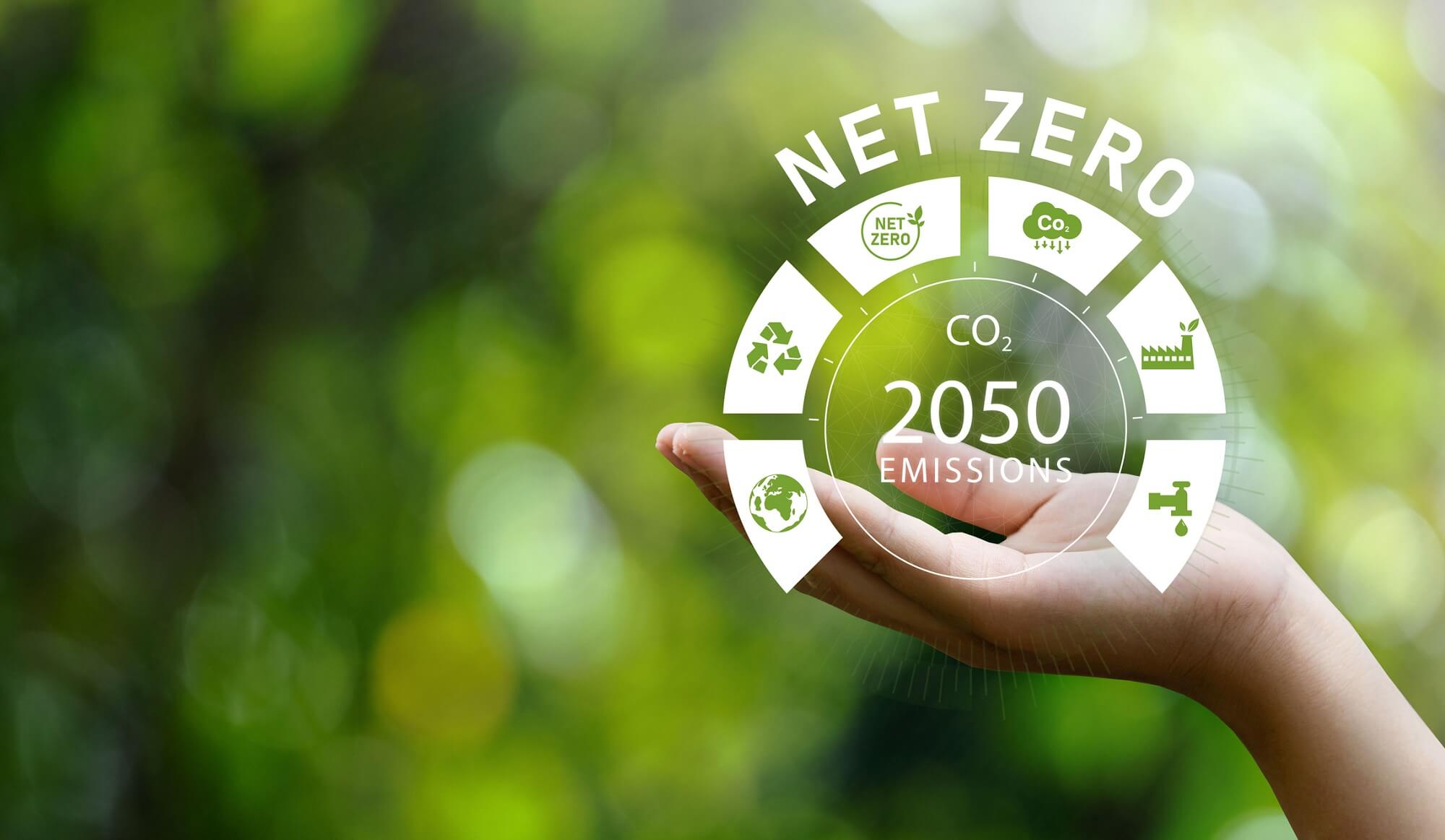
While the term “Net Zero” has garnered widespread attention, it remains a nebulous concept for many. At its heart, Net Zero embodies the ambition to address climate change by reducing emissions and balancing the remaining emissions with the removal of an equivalent amount of greenhouse gases from the atmosphere. This concept goes beyond mere corporate social responsibility, becoming a benchmark for growth that is environmentally sustainable.
Net Zero Guidelines offer a structured approach to businesses, serving as a roadmap for companies to achieve environmental balance. For businesses that are committed to going green in their operations, these guidelines bring clarity and direction to the path they take.
ISO International Workshop Agreement (IWA) on Net Zero Guidelines
The International Organization for Standardization (ISO) is paving a way for a standardized approach to achieve Net Zero by drafting an ISO International Workshop Agreement (IWA). This agreement is a cooperative document developed with input from a global network of stakeholders, consultants, and experts. By providing a common framework, the IWA aims to instill consistency and transparency in the actions taken by organizations worldwide.
The IWA, set to be published in 2022, will establish the processes that lead to effective carbon neutrality and will offer a common set of definitions, guidance, and principles for achieving Net Zero.
Pioneering Examples in the Financial Sector
Pioneering banks and financial institutions are not simply waiting for the IWA to be set in stone; they are already taking steps to ensure Net Zero in their operations. These institutions are deeply ingraining sustainability into their core values, from investment practices to internal policies.
One such leader is the Net Zero Banking Alliance, a coalition aiming to leverage the power of the finance sector to accelerate the transition to a net-zero economy. Members of this alliance are committed to defining and validating a common banking industry standard for measuring and reporting financed emissions, among other sustainability initiatives.
Furthermore, numerous case studies illustrate how financial entities are translating Net Zero commitments into tangible outcomes. A notable example is a well-known bank that achieved Net Zero by deploying a multi-faceted approach, including a shift in investment strategies, adoption of green banking technologies, and comprehensive employee training on environmental stewardship.
Practical Strategies for Sustainable Banking
Transitioning towards a Net Zero model requires more than just grand pronouncements; it demands comprehensive and pragmatic strategies at all levels. In the finance sector, this transition involves a thorough revision of investment portfolios, a stronger affinity towards funding low-carbon projects, and perhaps most importantly, a cultural shift towards sustainability.
Incorporating Sustainability Into Financial Products
To achieve Net Zero, banks must align their financial products with green objectives. This alignment could translate to offering reduced-rate loans for energy-efficient home upgrades, launching sustainable investment funds, and introducing eco-friendly credit cards that incentivize green purchases.
Fostering an Environmentally Conscientious Culture
Sustainable banking is not limited to the products on offer. It extends to the culture within the institution. This means implementing policies that reduce the bank’s own carbon footprint, such as cutting down on paper usage, using renewable energy sources, and promoting a waste reduction ethos among employees.
Embracing Technological Innovations for Sustainability
The modern bank is not just a place for financial transactions; it’s a hub of technological innovation. Embracing green technology can significantly reduce a bank’s environmental impact. From using AI to predict and optimize energy usage to leveraging blockchain for transparent carbon accounting, technological advances are crucial in achieving Net Zero.
The Future: Net Zero and Automation
As the world hurtles towards a future where environmental considerations are paramount, we can expect to see a surge in automated systems designed to facilitate the Net Zero transition. Carbon accounting software that can track and analyze emissions with precision and efficiency is already in development.
For banks, this could mean real-time carbon analysis for all financial operations and products, allowing for immediate corrective action where necessary. Automation can be the lynchpin in ensuring that Net Zero goals are not just aspirational but practical and measurable.
Conclusion: Net Zero as a Competitive Imperative
The journey to Net Zero is a significant undertaking, yet for banks and financial institutions, this pathway represents an opportunity for innovation and leadership. By integrating Net Zero objectives into their business models, banks can enhance their brand, attract a new wave of environmentally conscious customers, and contribute to a healthier planet.
It’s clear that the finance sector must be at the forefront of the Net Zero movement. Whether it’s setting internal Net Zero targets, providing financing for renewable projects, or engaging in carbon offset programs, the avenues for impact are numerous. As the concept of Net Zero continues to evolve, it is essential for banks to stay informed, proactive, and committed to sustainable growth.
Accomplishing Net Zero is not a challenge for the future — it’s a competitive imperative for today’s banks. It is in embracing this imperative that institutions can demonstrate their commitment to a greener, safer future for all.
What causes carbon footprint? From everyday activities to industrial impacts, learn how to mitigate your environmental footprint effectively."
Understand carbon footprint units like CO2e and kilograms to measure and reduce your environmental impact effectively.
Explore the different carbon footprint types—direct, indirect, embodied, and product—and learn strategies to reduce your environmental impact effectively.
Learn how to reduce your personal carbon footprint with practical strategies on energy, transportation, diet, and waste. Make a sustainable impact today.
Discover practical tips on reducing your water carbon footprint. Learn about water-saving strategies and their impact on climate change in this enlightening guide.
Offset your carbon footprint effectively with expert guidance. Understand the impact of your daily activities on emissions, calculate your footprint accurately, and support reputable offset projects.
Learn practical ways to reduce your carbon footprint & fight climate change. From energy conservation to sustainable transportation & eco-friendly diets, take steps for a greener future!
The secrets of reducing your carbon footprint in products. Learn the importance, calculation methods, and actionable strategies for a sustainable future. Dive in now!
Sustainable strategies to shrink your carbon footprint. Learn eco-friendly practices for a greener lifestyle. Act now for a better world!
Ecuador's Zero Carbon Programme is a testament to the country's commitment to sustainability, setting a global example. This guide highlights the program's strategies, benefits, and how businesses can align with these green initiatives.
Discover the importance of Carbon Reporting in our analysis of Carbon accounting. Learn how to communicate your sustainability efforts clearly and transparently. Read more
Global Net Zero Programs leading the charge towards sustainability. From Latin America's innovative policies to the EU's Green Deal, this guide illuminates the path to a greener future for businesses, policymakers, and individuals.

